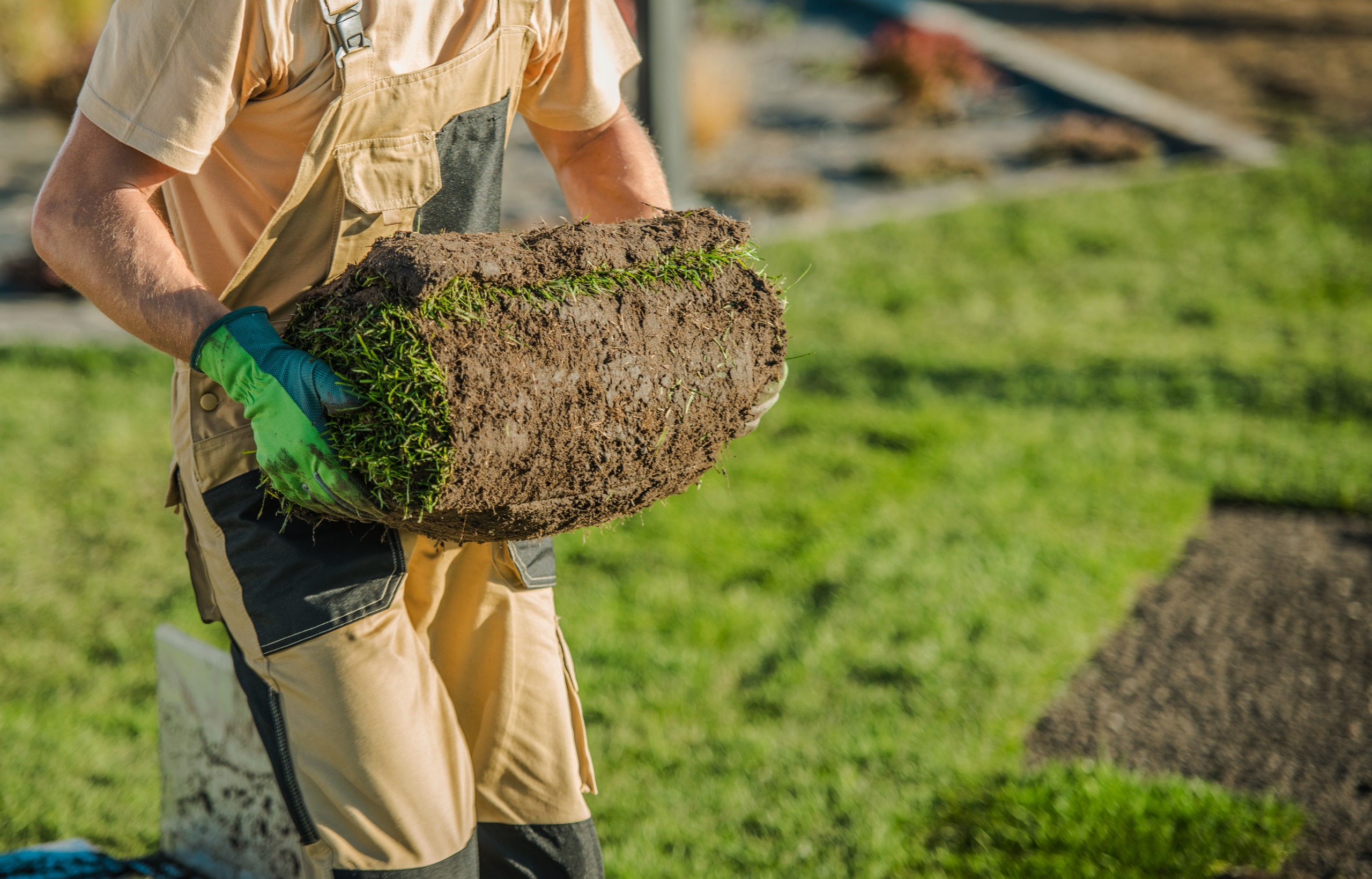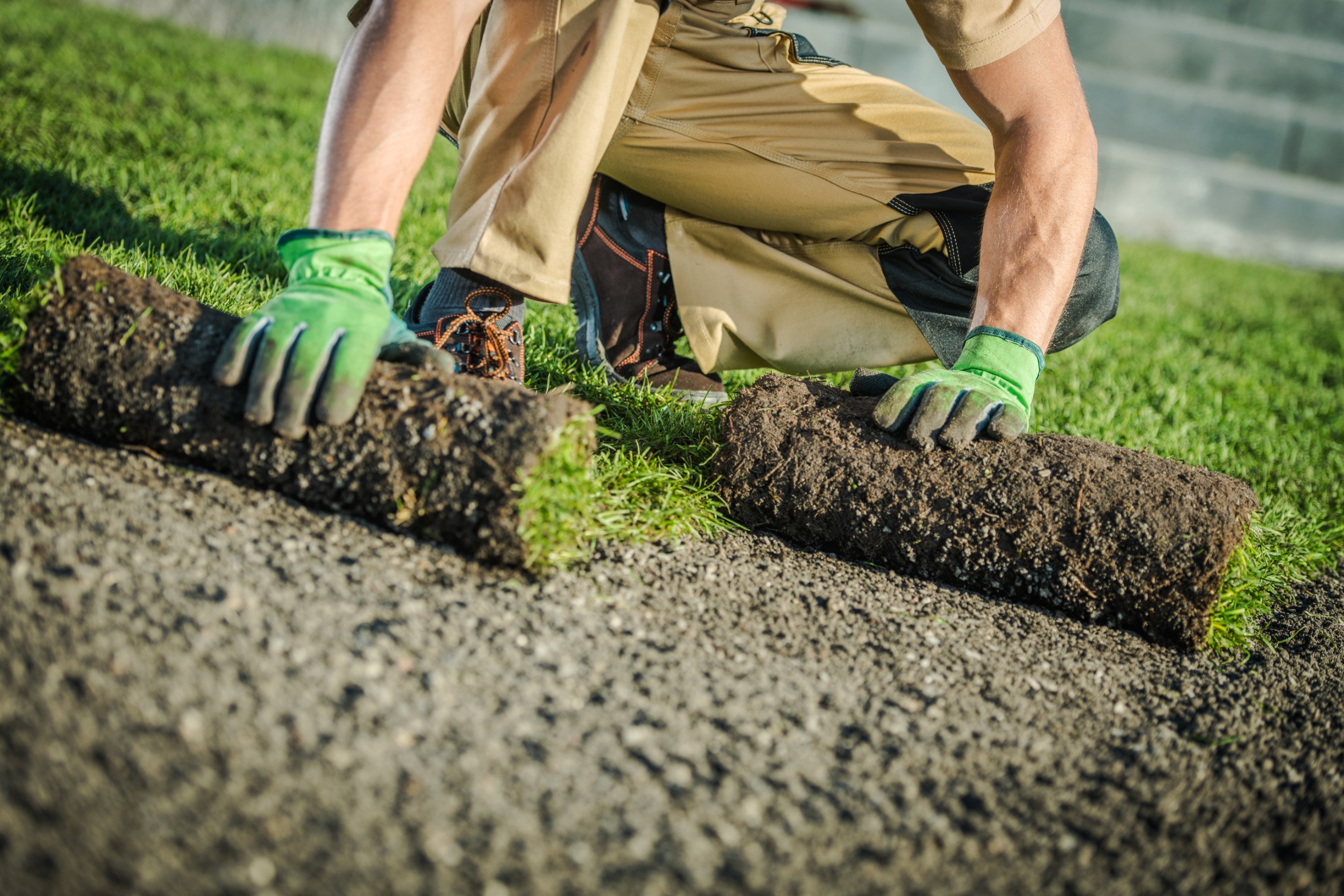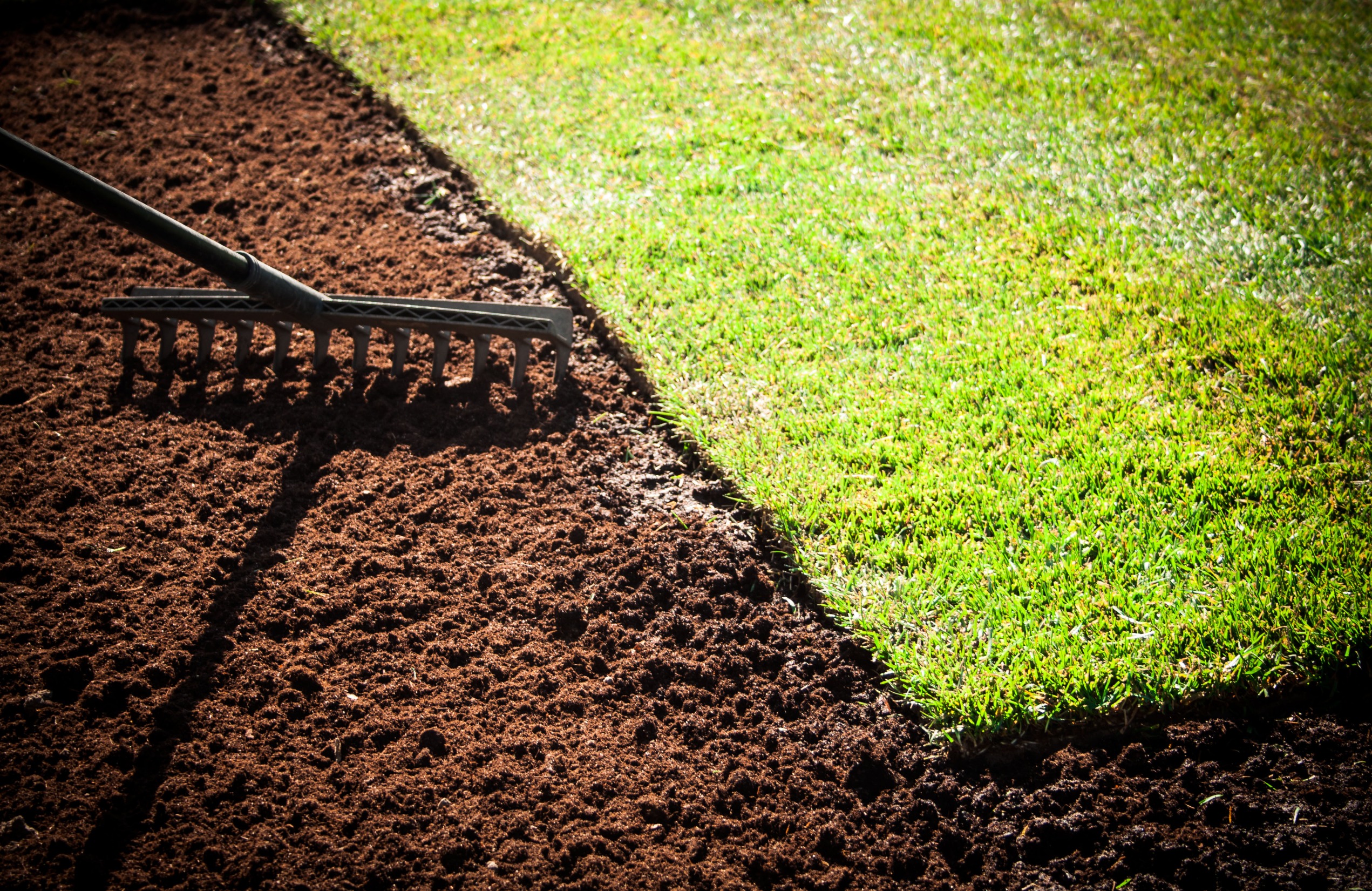Transforming a lackluster lawn into a lush oasis is a common desire for homeowners, and sod installation often seems like the perfect solution. However, when it comes to laying sod over existing grass, there are compelling reasons to avoid this approach.
In this blog post, we will explore the risks involved and shed light on alternative methods that can ensure long-term success for your lawn renovation endeavors. Let’s uncover why laying sod over existing grass may not be the wise choice it seems to be.
Uneven Surface and Poor Root Establishment
Laying sod over existing grass can result in an uneven surface, compromising the overall look and feel of your new lawn. The pre-existing grass may create bumps or depressions that can be visually unattractive and even pose potential tripping hazards.
Moreover, the roots of the new sod may struggle to penetrate the underlying grass and establish a strong foundation, hindering its ability to thrive and grow optimally.

Competition for Nutrients, Water, and Sunlight
Existing grass could become vigorous competitors for vital resources such as nutrients, water, and sunlight. The pre-existing grass, with an established root system, may outcompete the newly laid sod for these essential elements.
This competition can lead to poor sod growth, patchiness, and an overall weakened lawn. One way to ensure longevity of your sod is to regularly and properly apply lawn fertilizer.
Weed Infestation and Pest Problems
By laying sod over existing grass, you may inadvertently introduce weeds and pests into your new lawn. The underlying grass may already have weed seeds or pest populations, which can easily transfer to the sod.
This can result in a constant battle against weeds and pests, compromising the health and appearance of your lawn. If you need help with weed control, contact us today.
Soil Compaction and Drainage Issues
Layering sod on top of existing grass can lead to soil compaction problems. The weight of the sod compresses the underlying grass and soil, which can impede root growth, nutrient absorption, and water drainage.
Compacted soil restricts oxygen flow, further inhibiting healthy root development and compromising the overall vigor and vitality of the new sod. Need help installing your sod? We’re happy to help.
Alternative Methods for Lawn Renovation
While avoiding the practice of laying sod over existing grass, there are alternative methods that can provide superior results for your lawn renovation:
Removing Existing Grass: The most effective method is to remove the existing grass completely before laying sod. This allows for proper soil preparation, addressing any underlying issues, such as poor soil quality or drainage problems. With a clean slate, you can optimize the conditions for establishing a healthy new lawn. Learn more about getting your soil tested to see which nutrients yours is lacking.
Lawn Renovation Techniques: If the existing grass is relatively healthy, you can explore lawn renovation techniques such as overseeding or dethatching to rejuvenate and improve the current lawn. These methods promote new grass growth while addressing any existing issues without the risk of hindering sod establishment.
Not sure how to choose the best sod for your lawn. Read this publication published by Texas A&M University, “Select and Install Sod.”

Conclusion
While laying sod over existing grass may initially seem like a time-saving and cost-effective solution, the risks involved outweigh the potential benefits. Creating a strong and vibrant lawn requires careful planning, proper soil preparation, and consideration of alternative methods like removing existing grass or lawn renovation techniques.
By investing time and effort into the appropriate lawn renovation approach, you can ensure a beautiful, resilient lawn that will be the envy of the neighborhood for years to come.

